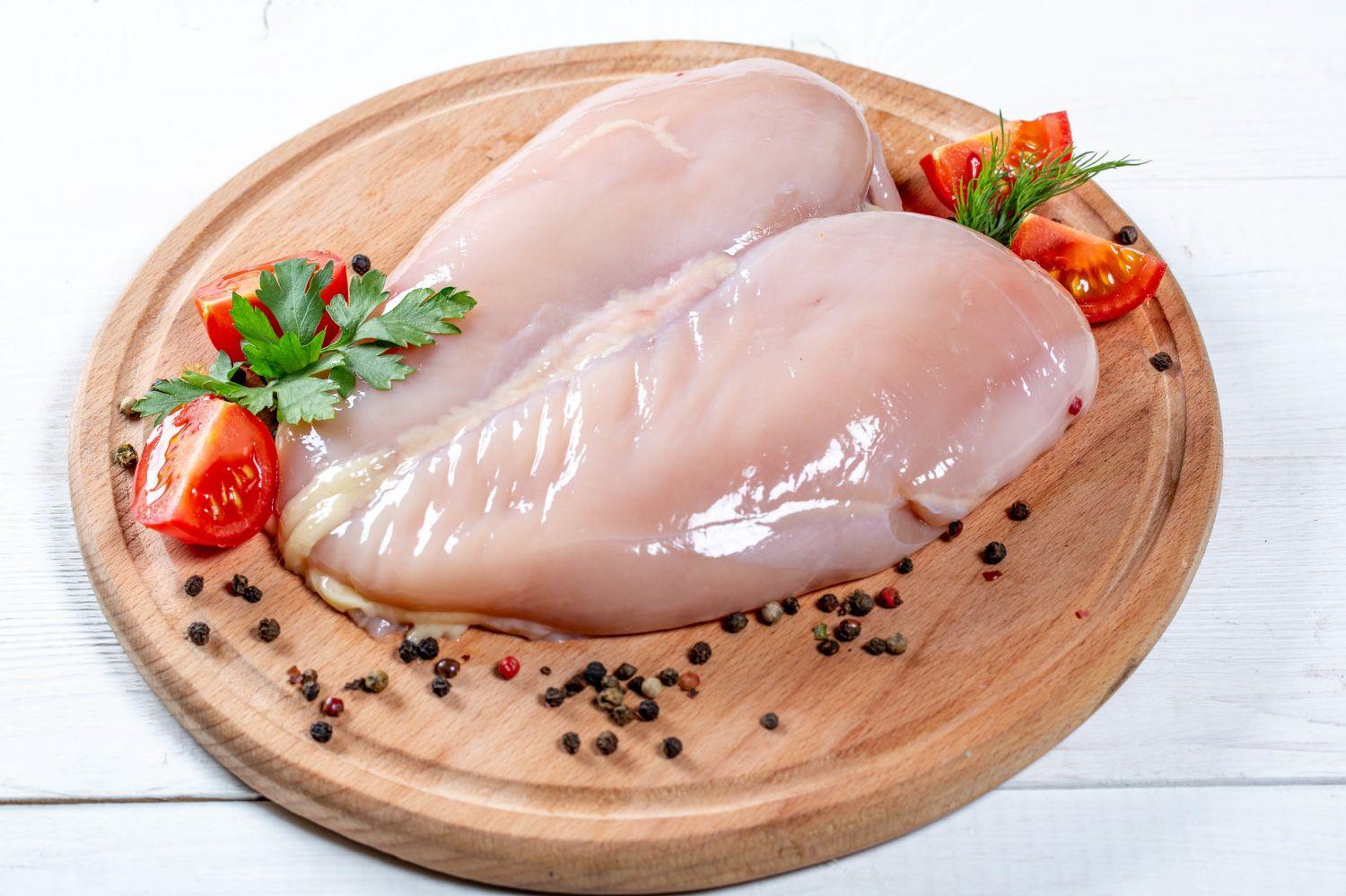
Chickensplash! Exploring the health concerns of washing raw chicken
Health experts recommend against washing chicken before cooking it because that can spread harmful bacteria. But if you’re among the nearly 70 percent of people who do, according to a survey of U.S. grocery shoppers, there are ways to make it safer.
Many cooks continue to wash raw chicken despite this warning, however, and there is a lack of scientific research assessing the extent of microbial transmission in splashed droplets. Here, the scientists used the large agar plates to confirm that bacteria can be transferred from the surface of raw chicken through splashing.
Scientists also identified and created a phylogenetic tree of the bacteria present on the chicken and the bacteria transferred during splashing. While no food-borne pathogens were identified, the note that organisms in the same genera as pathogens were transferred from the chicken surface through these droplets.
Raw chicken can be fouled by Salmonella and other bacteria that can cause foodborne illnesses. Even minor splashing may contaminate sinks with germs that can spread through contact with other foods and hands
Researchers showed that faucet height, flow type, and surface stiffness play a role in splash height and distance. Using high-speed imaging to explore splashing causes, they found that increasing faucet height leads to a flow instability that can increase splashing. Furthermore, splashing from soft materials such as chicken can create a divot in the surface, leading to splashing under flow conditions that would not splash on a curved, hard surface.
“We conclude that washing raw chicken does risk pathogen transfer and cross-contamination through droplet ejection, and that changing washing conditions can increase or decrease the risk of splashing.” says researcher from University of Chemistry and Technology in Prague Dr. Chlumsky.

Text is based on the research article: Carmody, C. D., Mueller, R. C., Grodner, B. M., Chlumsky, O., Wilking, J. N., & McCalla, S. G. (2022). Chickensplash! Exploring the health concerns of washing raw chicken. Physics of Fluids, 34(3), 031910. https://doi.org/10.1063/5.0083979







